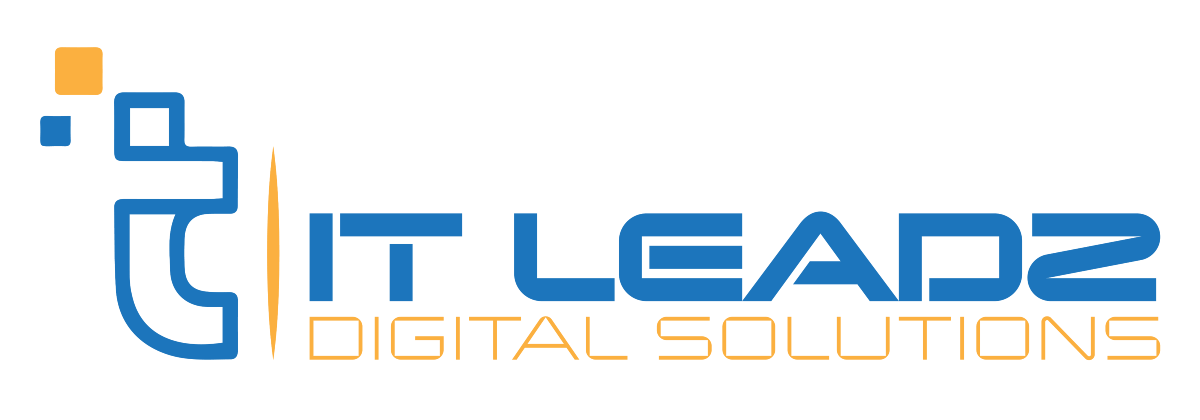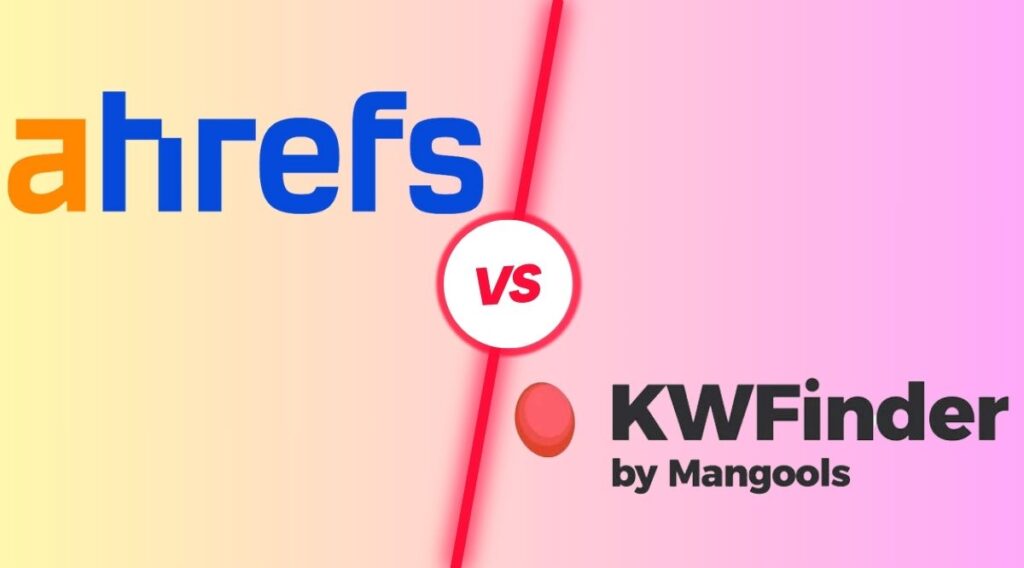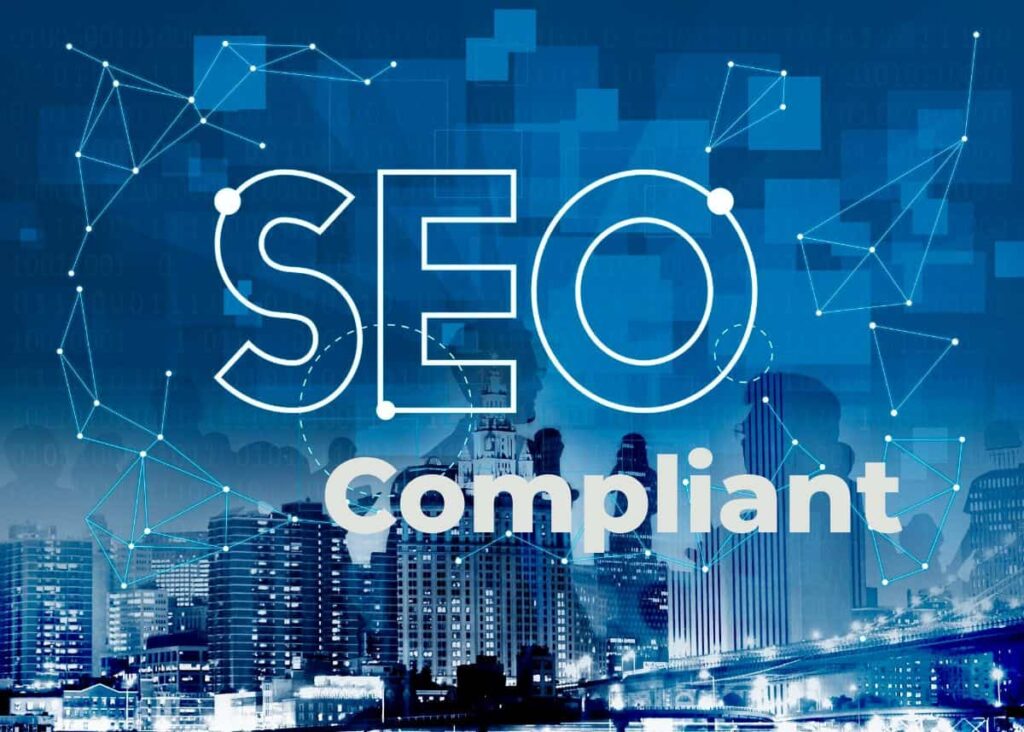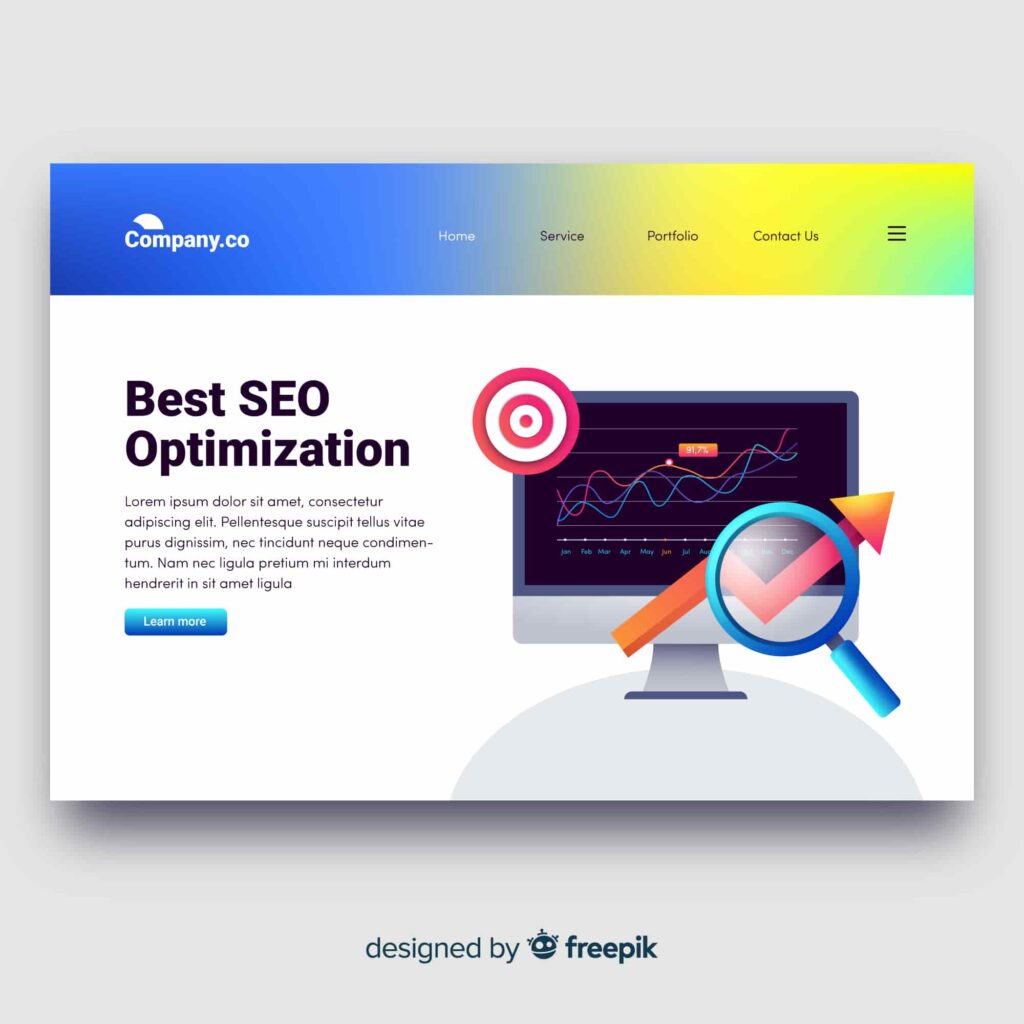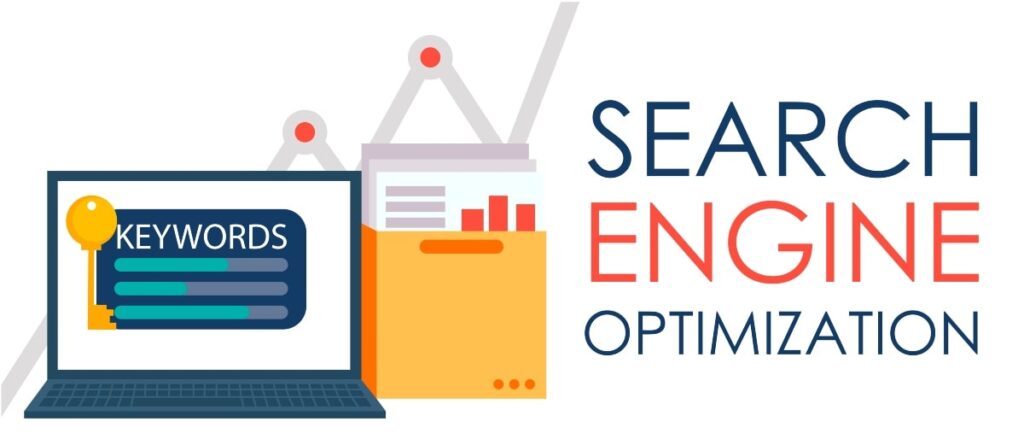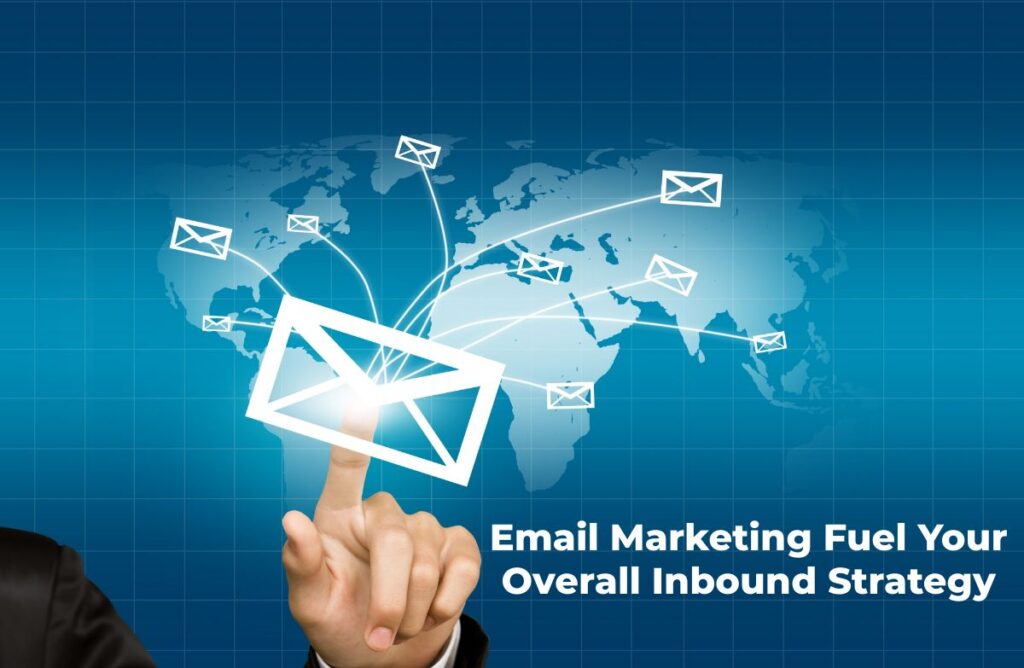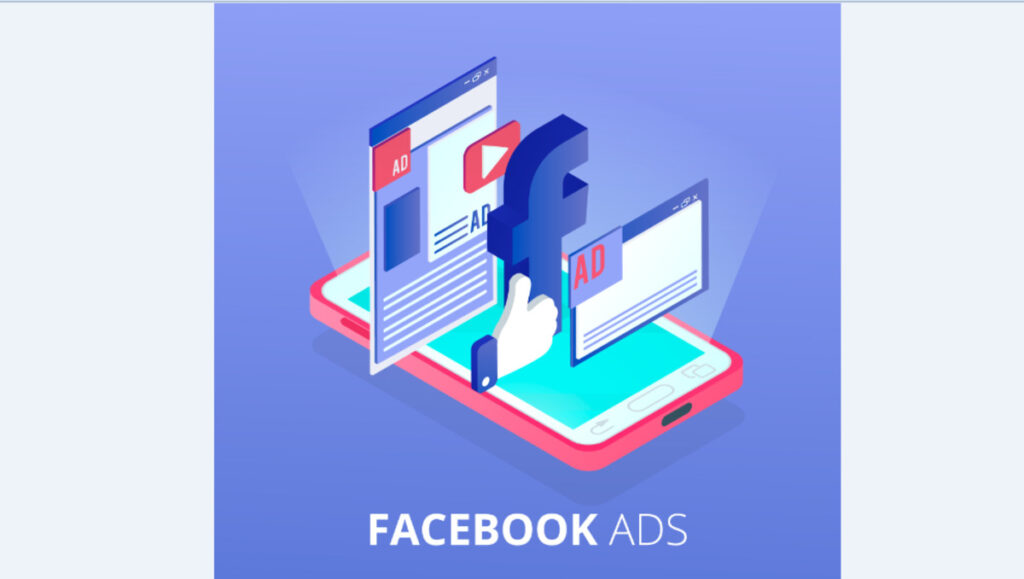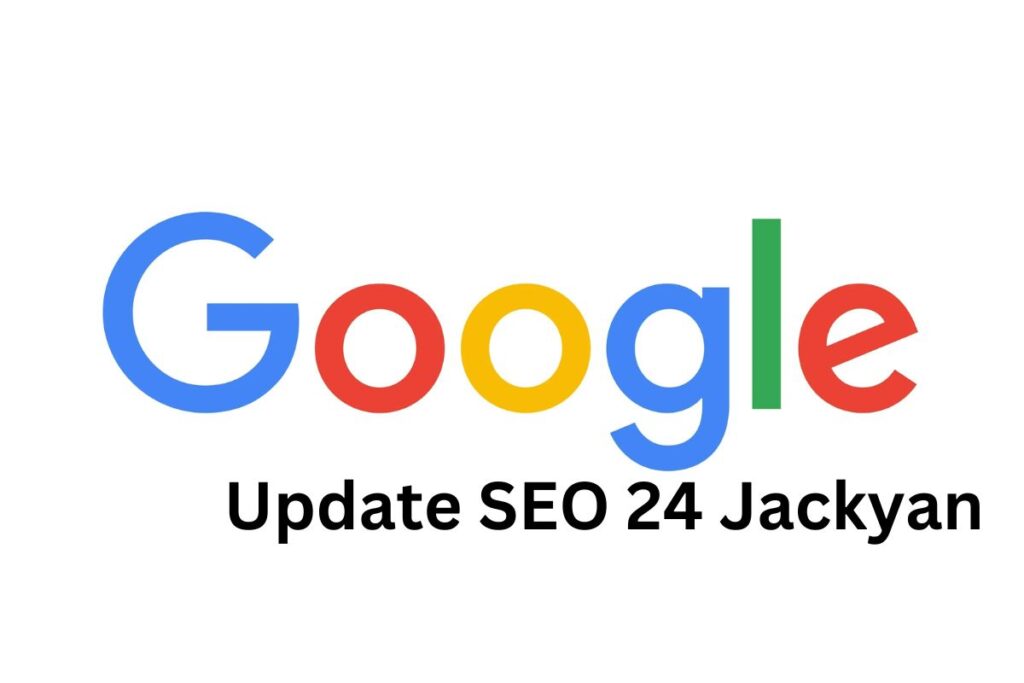Sustained success in the fast-paced realm of business-to-business (B2B) transactions heavily depends on the capacity to turn prospective leads into devoted customers. B2B Conversion Rate Optimization (CRO) plays a crucial part in enhancing the efficiency of this process. By systematically improving the rate at which visitors to your website or platform become paying customers, businesses can unlock significant growth opportunities and elevate their overall performance.
Definition of B2B Conversion Rate Optimization
Conversion rate optimization, or B2B, is the process of making changes to a website or other digital platform in order to enhance the proportion of visitors that complete a particular action, or “conversion.” A conversion can vary based on the specific goals of a business or website, but common examples include
- Making a purchase.
- Filling out a form.
- Signing up for a newsletter.
- Engaging in some other desired behavior.
What is B2B Conversion Rate Optimization (CRO)
The term B2B conversion rate optimization (CRO) describes the particular methods and approaches used to enhance the conversion process for digital platforms and business-to-business (B2B) websites. While the fundamental principles of CRO apply across different business models, B2B CRO involves considerations that are tailored to the unique characteristics of B2B transactions, which typically involve longer sales cycles, multiple decision-makers, and more complex purchasing processes.
Importance of CRO in B2B Marketing
Enhanced ROI
B2B transactions often involve higher value and longer sales cycles. By optimizing conversion rates, businesses can increase the efficiency of their marketing efforts, ensuring that a higher percentage of leads progress through the sales funnel and eventually convert. It leads to a better return on investment (ROI) for marketing expenditures.
Increased Revenue
Improving conversion rates is directly linked to an increase in revenue. An increased proportion of website traffic turning into quality leads and customers means more revenue for the business. It is mainly crucial in the B2B context, where each customer acquisition tends to represent a substantial value.
Better Utilization of Marketing Budget
CRO helps businesses allocate their marketing budget more effectively by focusing on strategies and tactics that have a measurable impact on conversions. By identifying and optimizing high-converting channels and campaigns, B2B marketers can save resources on less effective initiatives.
Shortened Sales Cycles
B2B sales cycles are Usually longer because of the complexity of decision-making and the involvement of multiple stakeholders. Effective CROs can help streamline the sales process by addressing pain points, providing relevant information, and nurturing leads, leading to shorter sales cycles and quicker conversions.
Improved Customer Understanding
CRO involves analyzing user behavior, feedback, and data to understand the needs, preferences, and pain points of B2B customers. This insight is valuable for refining marketing strategies, tailoring messaging, and creating a more personalized user experience.
Competitive Advantage
In the competitive B2B landscape, businesses that consistently optimize their conversion processes gain a competitive advantage. A website or digital platform that is user-friendly, persuasive, and efficient in guiding prospects through the sales funnel is more likely to stand out and attract and retain valuable customers.
Enhanced User Experience
B2B Conversion Rate Optimization focuses on improving the whole user experience, making it easier for B2B buyers to find information, understand the value proposition, and navigate the decision-making process. A positive user experience contributes to customer satisfaction and loyalty.
Data-Driven Decision-Making
CRO relies on data analysis and experimentation. By leveraging data-driven insights, B2B marketers can make informed decisions, test hypotheses, and continuously refine their strategies based on actual user behavior and feedback.
Adaptation to Market Changes
Markets and customer behaviors evolve. CRO enables businesses to adapt to these changes by staying agile and responsive. Regularly testing and optimizing strategies help B2B marketers keep up-to-date with developments and deal with trends or shifts in buyer preferences.
Critical Elements of b2b conversion rate optimization
Targeted Traffic
You must target a specific demographic with your marketing efforts if you want to achieve this, as they are the ones who are most likely to be interested in your B2B products or services. It requires understanding your ideal customer profile – characteristics, preferences, and behaviors. By attracting the right audience, you increase the likelihood of converting visitors into customers because you are reaching those who are more likely to have an interest in what you offer.
Compelling Value Proposition
A value proposition is a clear statement that explains why your product or service is different and better than others in the market. For B2B, this should resonate with the needs and challenges of businesses. Presenting a compelling value proposition increases the likelihood that potential clients will convert by helping them see the advantages of selecting your goods or services.
User Experience (UX) Optimization
It involves making sure that interacting with your website is easy, enjoyable, and efficient. It includes factors like fast page loading, mobile-friendly design, and clear calls to action. A satisfying user experience motivates users to browse around your website, complete the tasks at hand, and eventually increase conversion rates.
A/B Testing and Optimization
A/B testing compares two versions to determine which performs better. It helps identify the most effective design or content for improving conversion rates. By systematically testing different aspects, you can refine your website and marketing materials to better resonate with your B2B audience, increasing the chances of conversion.
Lead Nurturing
Lead nurturing is the process of establishing connections with potential customers through the delivery of valuable and relevant content. This customized communication assists in leading them through the sales process. When leads are nurtured, they are more inclined to become customers. By addressing their individual needs and worries, you establish trust and credibility, ultimately boosting the chances of successful conversions.
Data Analysis and Iteration
Analyzing visitor activity data on a regular basis provides insight into what works and what needs to be changed on your website. Iterative changes based on this data can optimize the conversion process. Continuous analysis helps you adjust to the evolving trends and preferences, ensuring your B2B website remains effective in converting visitors into customers over time.
Implementing b2b conversion rate optimization Strategies
- Understanding Customer Needs and Motivations: B2B conversion rate optimization begins with understanding the needs and motivations of potential customers. This foundation is crucial for effective marketing strategies that resonate with the target audience.
- Creating a Compelling Value Proposition: Creating a compelling value proposition that effectively communicates the unique benefits and worth of a product or service to the intended audience. This proposition should differentiate the offering from competitors and convince potential customers to choose it.
- Optimizing the Website for Conversions: Ensuring that the website is optimized for conversions involves designing visually appealing, easy-to-navigate landing pages, clear call-to-action buttons, and relevant content that guides visitors toward the desired action.
- Crafting Engaging Content: Producing top-notch and engaging content that tells the challenges and interests of the intended audience, delivering valuable insights and establishing credibility with prospective clients.
- Evaluating and Analyzing Outcomes: Utilizing A/B testing and other assessment methods to gauge the impact of various approaches and using data-driven insights to enhance conversion rates.
- Using Personalization and Segmentation: Providing a personalized experience to website visitors and leads by offering customized product recommendations, content, and targeted messaging based on user behavior and preferences.
- Building Trust and Credibility: Focusing on building trust and credibility with potential customers through transparent communication, customer testimonials, case studies, and other trust-building strategies.
- Focusing on the Customer Journey: Understanding the customer journey and optimizing touchpoints across different stages of the buying process to ensure a seamless and compelling experience for potential customers.
Common Challenges in b2b conversion rate optimization
Design Improvements Without Prior Testing
Marketers often make the mistake of implementing design improvements without prior testing, which can lead to suboptimal results and missed conversion opportunities. It highlights the importance of conducting thorough testing and analysis before making any design changes to ensure that they positively impact conversion rates and overall user experience.
Cutthroat Competition and Ever-Changing Customer Expectations
In today’s competitive landscape, businesses face the challenge of meeting ever-changing customer expectations while maximizing conversion rates and building lasting customer relationships. It emphasizes how businesses must constantly develop and adapt in order to stay competitive and satisfy the shifting wants of their clientele.
Scratching Your Head Over B2B Conversion Rate Optimization
Despite having top-notch websites and crisp content, businesses may need help with B2B conversion rates, leading to frustration and the need to reevaluate their strategies. It emphasizes the complexity of B2B marketing and the importance of knowing the specific factors that influence conversion rates in this sector.
Balancing CRO and SEO
In the B2B landscape, 93% of the buying cycle starts with an online search. Organizations face a problem in maintaining a balance between search engine optimization (SEO) and B2B conversion rate optimization (CRO), which is critical for improving user experience and website performance. It highlights the interconnected nature of CRO and SEO and the need for businesses to integrate both strategies effectively to attract and convert potential B2B customers.
Six Ways to Drive More Leads (infographic) for B2B Conversion Rate Optimization
- Improve website performance: Optimizing website performance is crucial to raising lead conversion rates and improving the user experience overall.
- Align Marketing and Sales Goals: To drive lead conversion success, align goals and analytics, and integrate marketing efforts with sales strategy.
- Improve Conversion Rate Optimization (CRO): To increase lead generation, implement methods such as building engaging calls-to-action, optimizing landing pages, and refining the sales funnel.
- Enhance User Experience: To draw in and hold on to potential leads, concentrate on offering a user-centric experience through the optimization of website content, the simplification of navigation, and the assurance of mobile responsiveness.
- Employ Data-Driven Marketing: Make use of data analytics and insights to target the appropriate audience, tailor marketing campaigns, and modify content to suit the demands of potential leads, all of which will increase lead conversion rates.
- Put Lead Nurturing Into Practice: To maximize your chances of converting potential customers into devoted clients. It’s crucial to craft lead nurturing programs that generally resonate with them. Examples of these efforts include content marketing, email marketing, and personalized contact.
Tools for Effective B2B Conversion Rate Optimization
A/B Testing Tools
Two versions of a page are compared to see which one converts more visitors into sales in A/B testing. Tools like Optimizely, VWO, and Google Optimize allow businesses to easily create and run A/B tests to identify the most effective design, copy, and call-to-action elements.
Heatmap and Session Recording Tools
Heatmaps, such as those created by Crazy Egg and Hotjar, provide information on how users click, scroll, and spend time on a website, giving an insight into user behavior. Session recording tools allow businesses to watch recordings of individual visitor sessions to understand how users interact with their site.
Conversion Tracking and Analytics
Comprehensive conversion tracking through the use of tools like Google Analytics is essential for gauging and assessing the efficacy of different marketing channels, campaigns, and websites. Businesses can effectively allocate their resources by identifying the channels and tactics that are generating the highest number of conversions.
Customer Feedback Tools
Gathering feedback from website visitors and customers is crucial for identifying areas of improvement. Tools like SurveyMonkey, Qualaroo, and Usabilla enable businesses to collect qualitative insights that can be used to optimize the user experience and address potential barriers to conversion.
Personalization and Targeting Tools
Customizing the user experience in response to visitor activity. Characteristics can significantly impact conversion rates. HubSpot and Marketo provide powerful personalization features that enable companies to deliver customized content and promotions to various segments of their audience.
Along with using these tools, there are a number of recommended strategies that businesses should implement to achieve successful B2B conversion rate optimization.
- Conduct comprehensive research to gain a deep knowledge of the target audience’s requirements, challenges, and driving factors.
- Optimize landing pages with clear value propositions, compelling headlines, and persuasive calls to action.
- Simplify the conversion process by minimizing form fields and streamlining the checkout or lead generation process.
- Leverage social proof and trust signals, such as customer testimonials and industry certifications, to build credibility.
- Continuously conduct testing and make iterative changes to various website components in order to uncover areas for enhancement.
Future Trends in b2b conversion rate optimization
Advanced AI-Powered Conversion Optimization
The increasing use of AI for enhancing conversion rates is anticipated to become more widespread. AI-powered solutions have the potential to achieve much higher conversion rates by examining extensive data to comprehend customer actions and preferences, allowing companies to customize their marketing strategies more efficiently.
Personalization and Segmentation
There will be an increased focus on personalized user experiences and segmentation. It entails using data to personalize marketing messages and strategies to specific client requirements and preferences and relevant interactions with prospective customers.
Enhanced Data-Driven Decision Making
It is anticipated that businesses will depend more and more on advanced data analysis and insights to help them decide how best to optimize their strategy. It will enable more accurate and efficient targeting of potential customers and the capacity to adjust and improve strategies based on real-time data.
Incorporation of New Technologies
The incorporation of emerging technologies like augmented reality (AR), virtual reality (VR), and interactive content will be utilized to develop immersive and captivating experiences that drive conversions. These technologies will empower businesses to deliver distinctive and unforgettable experiences for their customers, ultimately resulting in increased conversion rates.
Customer-Centric Approach
The focus will shift towards prioritizing the needs of customers, aiming to establish long-term relationships through clear communication, strategies to build trust, and continuous support. This approach seeks to create a positive and memorable experience for customers, ultimately leading to increased loyalty and higher conversion rates.
Conclusion
B2B Conversion Rate Optimization is a continuous and evolving endeavor that necessitates a thorough comprehension of your specific audience, a dedication to experimentation and improvement, and a concentration on establishing credibility. Through the strategic application of the aforementioned essential tactics, companies can improve their conversion rates, stimulate revenue expansion, and find a strong position for enduring success in the competitive B2B environment. As technology and consumer habits persistently change, remaining flexible and forward-thinking in optimizing conversion rates will be crucial for maintaining business success in the long term.
Frequently Asked Questions (FAQs)
What is B2B Conversion Rate Optimization?
Conversion Rate Optimization for B2B involves
- Enhancing your website to boost the number of visitors who engage in a desired action, such as requesting a demo.
- Submitting a contact form.
- Making a purchase.
- Downloading content.
Why is B2B Conversion Rate Optimization important?
It is crucial to optimize the conversion rate for B2B websites, as they must evolve to stay up-to-date with design trends and accessibility standards while also continuously improving conversion rates to align with business objectives.
How can I improve my B2B CRO strategy?
Boost your B2B conversion rates and increase your revenue by implementing powerful conversion rate techniques. It refers to enhancing the chances of the leads getting converted into a customer.
What is a conversion rate, and how is it calculated?
The conversion rate is represented as a percentage and is determined by dividing the total number of visitors who take action by the overall number of visitors. For instance, if you receive 10,000 visitors and 500 take action, your conversion rate would be 500/10000, or 5 percent.
How do I find ways to improve my B2B Conversion Rate Optimization funnel?
Perform a comprehensive review of your website analytics, user behavior, and conversion data. Recognize where there are significant drop-off points, evaluate user input, and conduct A/B testing on essential pages. Having a good understanding of your audience and their experience on your site is crucial for identifying areas that require improvement.
